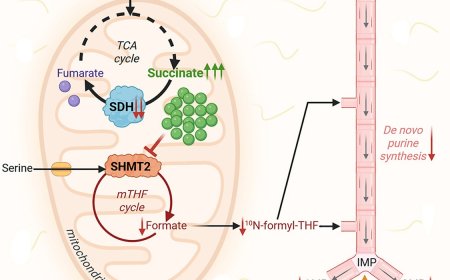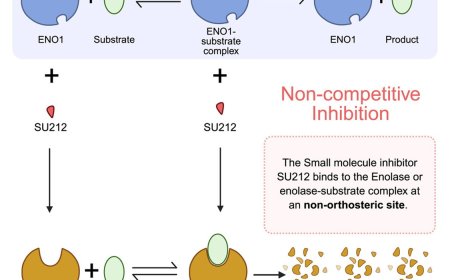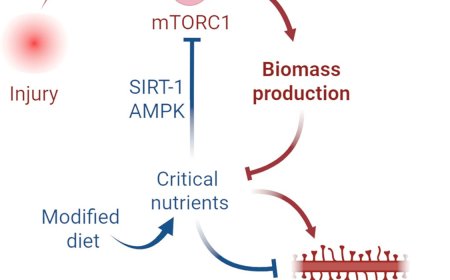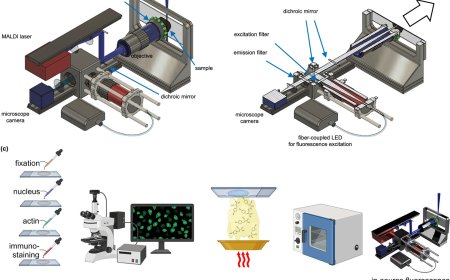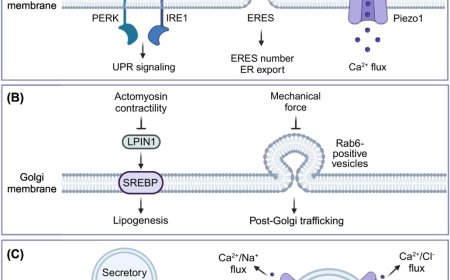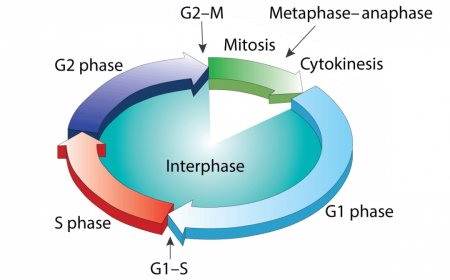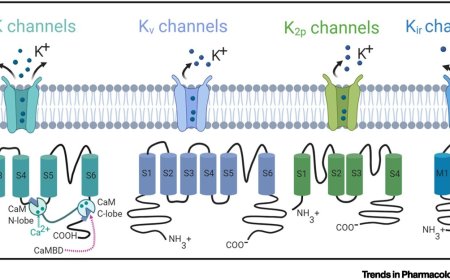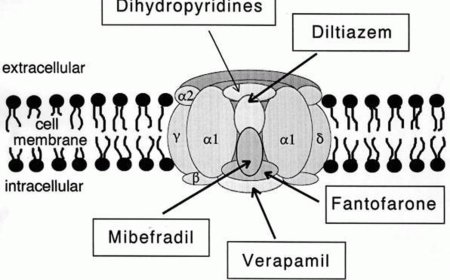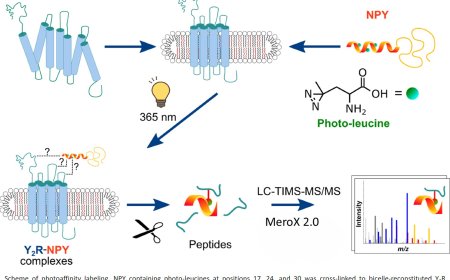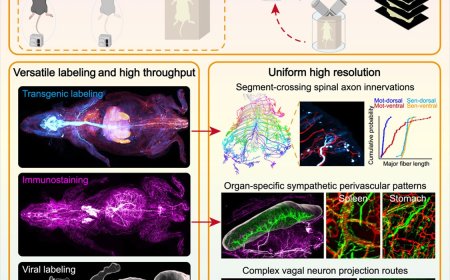How protein synthesis in dendrites contributes to learning and memory
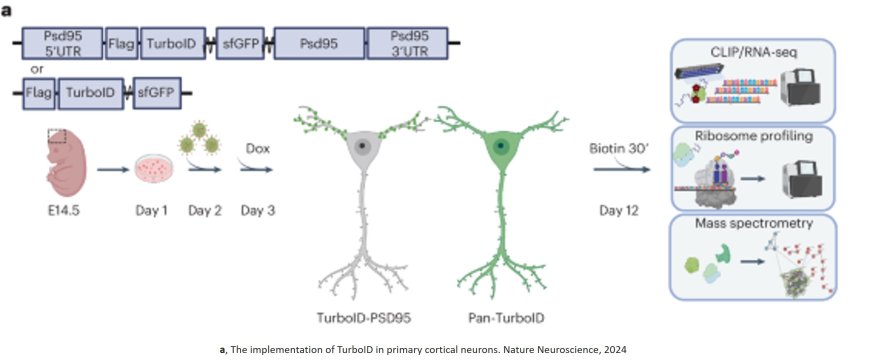
Less than twenty minutes after finishing this article, your brain will begin to store the information that you’ve just read in a coordinated burst of neuronal activity. Underpinning this process is a phenomenon known as dendritic translation, which involves an uptick in localized protein production within dendrites, the spiny branches that project off the neuron cell body and receive signals from other neurons at synapses. It’s a process key to memory—and its dysfunction is linked to intellectual disorders.
That makes the inner workings of dendritic translation a “holy grail for understanding memory formation,” says the team lead just published a study in Nature Neuroscience describing a new platform capable of identifying the specific regulatory mechanisms that drive dendritic translation.
The team leveraged a method, dubbed TurboID, to discover an entire suite of previously unknown factors in memory formation, revealing now mechanisms that underlie how protein synthesis in dendrites contributes to learning and memory. The findings may also have implications for intellectual disabilities, such as Fragile X syndrome.
“Technological limitations have long prevented a comprehensive inventory of the activity at the synapse involved in memory formation,” says the lead author. “Our new techniques can accomplish this with extremely high resolution to look at neurons in vitro that are closely mimicking what we see in the brain.”
Memory formation centers around the hippocampus, a brain region so central to learning that, when surgeons removed it from people with epilepsy in the 1940s, the patients remembered their childhoods but lost the ability to form new memories. It has since become clear that memories form, in part, because of new protein synthesis made locally in the dendrites of the hippocampus.
To get a better idea of the role that changes in dendrites play in learning, the authors extended the TurboID platform to works in concert with RNA-sequencing, CLIP, translation and protein analysis. The platform allowed the team to track activity in dendrites before, during, and several minutes after the neuron activates, capturing the moments critical to protein synthesis in the cell and, more importantly, the stage considered key to memory formation.
An analysis of these crucial moments revealed a microscopic upheaval in the dendrite. Upon activation, local ribosomes jump onto mRNAs, an action that has all the biochemical hallmarks of memory formation, and which models predicted will cause the dendrite to produce not only new proteins, but 1,000 small proteins known as micropeptides, with as-yet unknown function. The team also identified an RNA-binding protein that helps seal the connection between these ribosomes and mRNA, and demonstrated that if that protein is disabled, the proposed micropeptides will not form.
“We never knew these micropeptides might even exist,” the senior author says. “It opens a new field of study, where we can ask what these peptides might be doing and how they could play into memory formation. It’s such a vast discovery that there are dozens if not hundreds of avenues in which to pursue this.”
Among the many observations that researchers will unpack in future studies, one stood out: the team noted that a certain protein stood out for its prolific binding of mRNA in the dendrite. The protein, called FMRP, is key to brain development and function, and genetic mutations that adversely impact FMRP contribute to Fragile X syndrome, one of the most common genetic causes of intellectual disability. “Our findings fit nicely with the molecular biology of FMRP, and also open the door to future insights into what is going wrong in Fragile X,” the author says.
Beyond the paper’s immediate findings, dendritic-TurboID could also allow researchers to examine protein synthesis in other brain regions and apply the findings to different diseases. “We can now begin to look at many other sites with a fine-toothed comb,” the lead author says.
